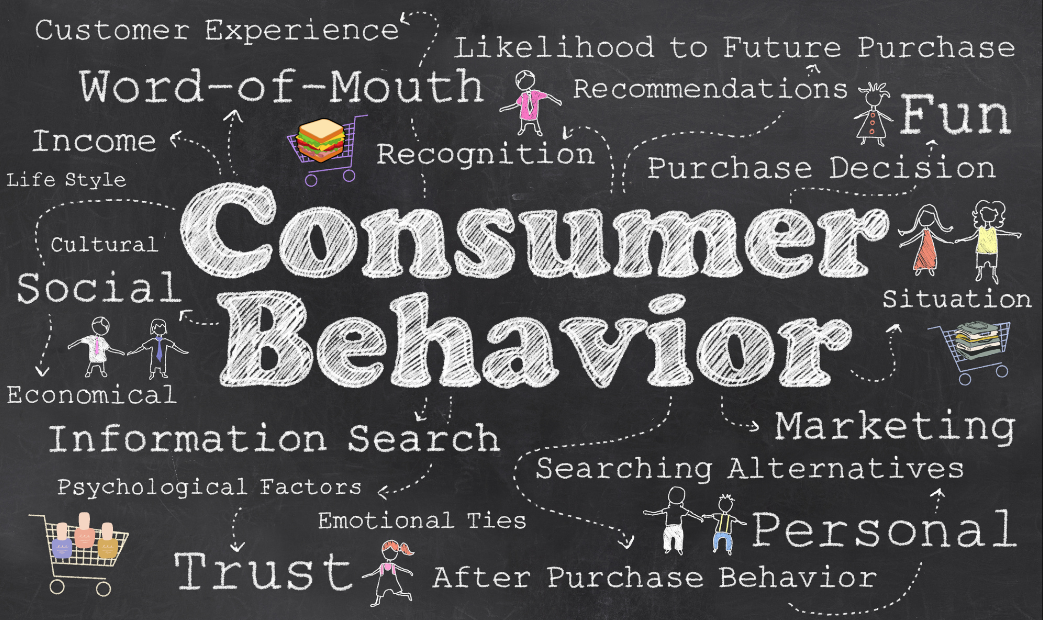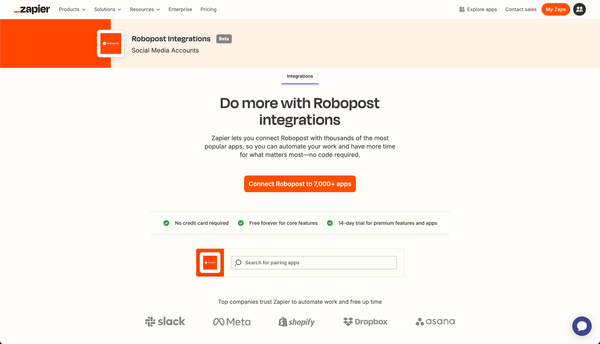The Importance of Analytics in Shaping Social Media Strategies
Explore how analytics shapes social media strategies for competitive edge, customer insights, and data-driven decisions.

In the digital age, analytics is key to successful social media strategies. By using data insights, businesses can adapt to their audience's changing needs, improve engagement, and gain a competitive edge. This article explores how analytics shapes social media strategies and why it's crucial for businesses to succeed online.
Key Takeaways
- Monitoring social media helps you spot trends, understand customer needs, and stay ahead of competitors.
- Website analytics reveal customer behavior, allowing you to improve user experience and marketing campaigns.
- Analytics are key to designing the customer journey, improving interactions, and personalizing experiences to build loyalty.
- Data-driven insights are essential for making strategic decisions, allocating resources, and measuring the success of social media efforts.
Harnessing Social Media Monitoring for Competitive Advantage

Identifying Trends and Staying Ahead
Staying ahead is essential to stay competitive in the fast-paced world of social media. Social media monitoring services are must-have tools for spotting new trends and adjusting marketing strategies. By closely watching the digital landscape, businesses can adjust their messages to fit what users are interested in and how they behave.
Predictive analytics goes further by allowing a proactive approach. By anticipating customer needs and behaviors, companies can offer personalized experiences and address potential issues before they arise. This strategic foresight helps shape future customer interactions.
To use social media effectively for competitive intelligence, focus on these areas:
- Identify competitors and key opinion leaders (KOLs).
- Monitor social media profiles and engagement levels.
- Analyze conversations about your brand to spot emerging topics.
- Track customer satisfaction using metrics like Net Promoter Score (NPS).
By continuously measuring and monitoring these aspects, businesses can refine their strategies and stay relevant and influential in their markets.
Listening to Customers and Understanding Needs
Customer feedback is a goldmine of information, showing the details of what customers want and need. By using this feedback, businesses can find areas to improve and adjust their offerings to better meet customer expectations. This proactive approach not only improves the customer experience but also builds stronger, more loyal relationships.
Understanding customer needs requires more than just watching. It means analyzing feedback from various sources. Surveys, for example, can reveal a lot about customer behavior, preferences, and problems, helping businesses improve their products and marketing.
Decoding Customer Behavior with Website Analytics

Optimizing User Experience Through Data
Data is key to improving user experiences. By carefully studying how users interact with a website or app, businesses can see where users struggle and where they find joy. This information is vital for making interfaces easier to use, simplifying navigation, and making sure each user feels valued.
- Find and fix areas where users have trouble
- Improve the things users already like
- Personalize how users interact based on data
The main goal is to make sure users not only achieve their goals easily but also enjoy the process. Data isn't just numbers—it's what helps create satisfaction, loyalty, and ongoing engagement.
Enhancing Marketing Campaigns with Traffic Analysis
Website analytics are like a map for navigating through different marketing strategies. By keeping track of where your website traffic comes from, you can see which marketing efforts are working. This information is important for putting more effort into successful campaigns and reaching a larger, more engaged audience.
A/B testing is also important for improving your strategies. It's not just about what you say, but how and when you say it. A/B testing can help you fine-tune your campaigns, whether that means changing email subject lines, the look of social media ads, or when you post blogs. Here are the main areas to focus on with A/B testing:
- Different versions of your message and writing
- Visuals and layout changes
- Timing and how often you run campaigns
Looking at your traffic doesn't just show you what's working now—it can also help you plan future content. Finding a blog post or product page that gets a lot of traffic is like finding a hidden gem. It's a sign that you should create more similar content to keep the success going. It's not just about posting a lot; it's about understanding what engages people and makes them take action. Once you know when is the best time to post, tools like Robopost will help you scheduling your posts ahead.
Understanding Product and Content Engagement
Engagement is what makes a business successful. By using website analytics, businesses can see which parts of their content people like the most. This helps create better content that people want to see, leading to more engagement and loyalty.
- Look at how customers interact with content to plan future content.
- Find pages that do well to make more like them.
- Understand how users move through the website to make it better for them.
Also, website analytics show how well different types of content work. Here's a simple table to explain:
Content Type | Views | Engagement Rate | Conversions |
|---|---|---|---|
Blog Posts | 12K | 3.5% | 250 |
Videos | 9K | 5.2% | 150 |
Infographics | 7K | 4.8% | 200 |
This information helps create better content and decide where to spend money on marketing for the best results.
Strategic Decision-Making Through Data-Driven Insights

Allocating Resources for Maximum Impact
Using resources wisely is important to get the results you want. By looking at data, businesses can see which social media platforms are best for getting people engaged and making sales, so they can focus on those.
For example, a company might find out from their data that Instagram ads work better than X(Formerly Twitter). This helps them decide to spend more money and effort on Instagram ads.
Also, targeting specific groups with different messages stops resources from being wasted on ads that don’t work well. It helps get more people interested and makes better use of the budget.
Here's a simple guide to follow for smart resource use in social media:
- Split up your audience
- Pick the right things to measure
- Decide which platforms to focus on
- Choose the best visuals and messages
Following these steps helps businesses have data-driven and effective social media strategies that don’t waste money.
Adapting Strategies to Consumer Preferences
Adjusting strategies to what customers like isn’t just good—it’s necessary for success. Strategies like A/B testing lets businesses try out different ideas and see how they affect what customers do. This careful approach to improving strategies is important for staying up-to-date and competitive.
Surveys and social media data are key for understanding how customers behave. They give direct insight into what customers think, showing what they like and why. For example, knowing what people prefer when they shop online can help make digital experiences better, which can boost sales and keep customers happy.
Here's a simple table showing how A/B testing affects different marketing strategies:
Marketing Strategy | Improvement Observed |
|---|---|
Email Marketing | 20% Higher Open Rate |
Social Media Ads | 15% More Engagement |
Content Marketing | 25% Increase in Leads |
The aim is to keep improving strategies so they match what customers want. This helps businesses create messages that connect, convince, and build a loyal customer base.
Measuring Success and Guiding Future Efforts
In social media, success isn't just reaching a goal but a constant process of adapting and growing. By looking at Key Performance Indicators (KPIs), businesses can see how well their strategies are working and make decisions based on data to improve them. Think of KPIs as a guide that shows you where you're going and how you're doing.
For example, tracking things like how much people interact with your content, how many see it, and how many take action can show if your content is connecting with your audience. Here's a simple table showing some common social media KPIs:
KPI | Description | Why It Matters |
|---|---|---|
Engagement Rate | Measures interactions like likes, comments, and shares. | Indicates content relevance and audience interest. |
Reach | The number of unique users who saw your post. | Reflects the potential audience size. |
Conversion Rate | The percentage of users who took a desired action. | Shows the effectiveness of social media in driving business goals. |
To really use analytics well, it's important not just to measure but also to understand why the numbers are what they are. This helps you make your strategies better and get even better results. Analyzing data lets you keep track of how happy your customers are, so your business keeps moving toward success.
Conclusion
In social media, analytics are like a map that helps brands navigate digital interactions. They help brands create strategies that connect with their audience. Watching conversations, website visits, and how customers act is really important for staying on top of trends, making the user experience better, and improving marketing. When businesses listen to customers and look at data, they can change with the digital world, stand out from competitors, and build better relationships with customers. Using analytics smartly helps brands make decisions based on data, so they keep growing and doing well on social media.
